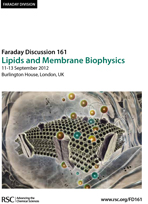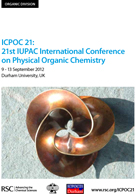Organic & Biomolecular Chemistry issue 31, it’s here and waiting to be read!
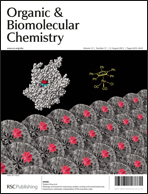 Secondary alcohols having bulky substituents on both sides of the hydroxy group are inherently poor substrates for most lipases. In a paper by Tadashi Ema et al., highlighted on this week’s front cover of OBC (right), the detailed rational design and creation of mutant lipases that display remarkably enhanced catalytic activity and enantioselectivity for poor substrates bearing bulky substituents on both sides of the hydroxy group is presented.
Secondary alcohols having bulky substituents on both sides of the hydroxy group are inherently poor substrates for most lipases. In a paper by Tadashi Ema et al., highlighted on this week’s front cover of OBC (right), the detailed rational design and creation of mutant lipases that display remarkably enhanced catalytic activity and enantioselectivity for poor substrates bearing bulky substituents on both sides of the hydroxy group is presented.
Redesign of enzyme for improving catalytic activity and enantioselectivity toward poor substrates: manipulation of the transition state
Tadashi Ema, Yasuko Nakano, Daiki Yoshida, Shusuke Kamata and Takashi Sakai
DOI: 10.1039/C2OB25614B
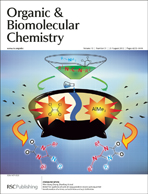 The inside front cover (left) highlights the Communication of Wen-Xiong Zhang and Zhenfeng Xi et al., presenting the first metal-free one-pot sequential coupling of various amines, carbodiimides and acyl dichlorides, providing a simple and straightforward path to cyclic di-oxoguanidines via an unexpected 2,2-dichloroimidazolidindione intermediate.
The inside front cover (left) highlights the Communication of Wen-Xiong Zhang and Zhenfeng Xi et al., presenting the first metal-free one-pot sequential coupling of various amines, carbodiimides and acyl dichlorides, providing a simple and straightforward path to cyclic di-oxoguanidines via an unexpected 2,2-dichloroimidazolidindione intermediate.
Metal-free synthesis of cyclic di-oxoguanidines via one-pot sequential transformation of amines, carbodiimides and acyl dichlorides
Fei Zhao, Yang Wang, Wen-Xiong Zhang and Zhenfeng Xi
DOI: 10.1039/C2OB25799H
Both of these featured articles are FREE to access for the next 6 weeks, why not have a read and let us know your thoughts by commenting below.
| Also in this issue:
Emerging Area Perspective |











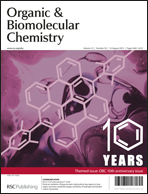
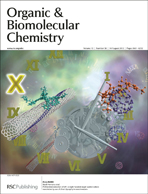
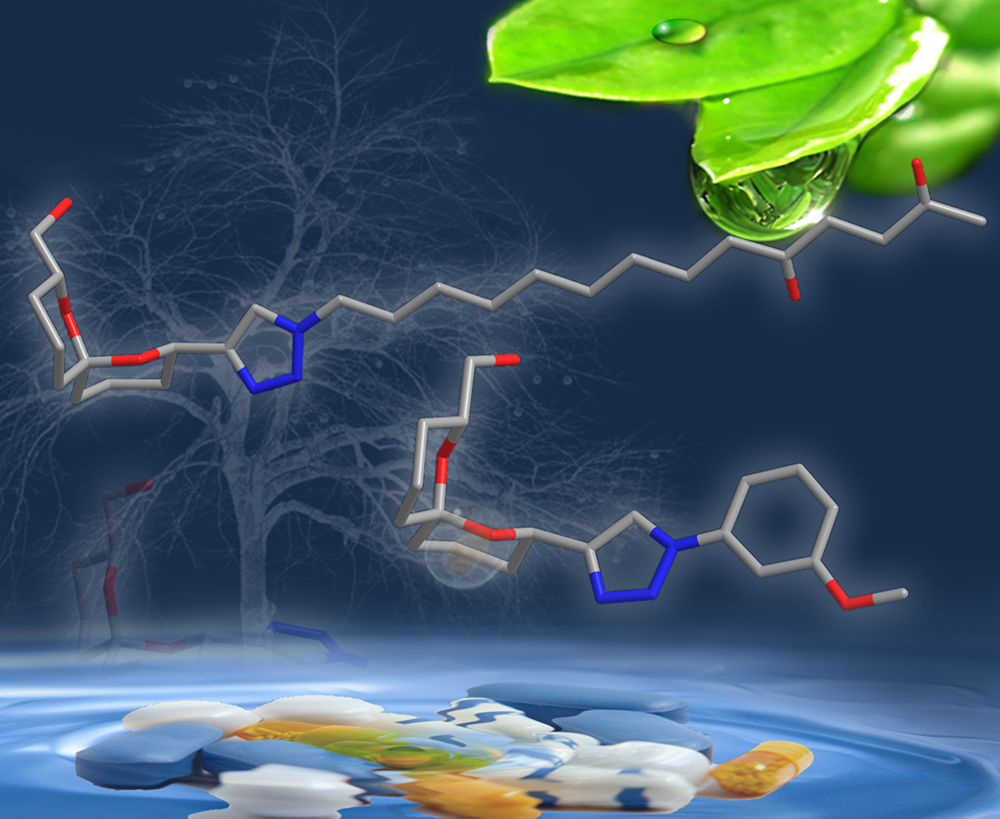
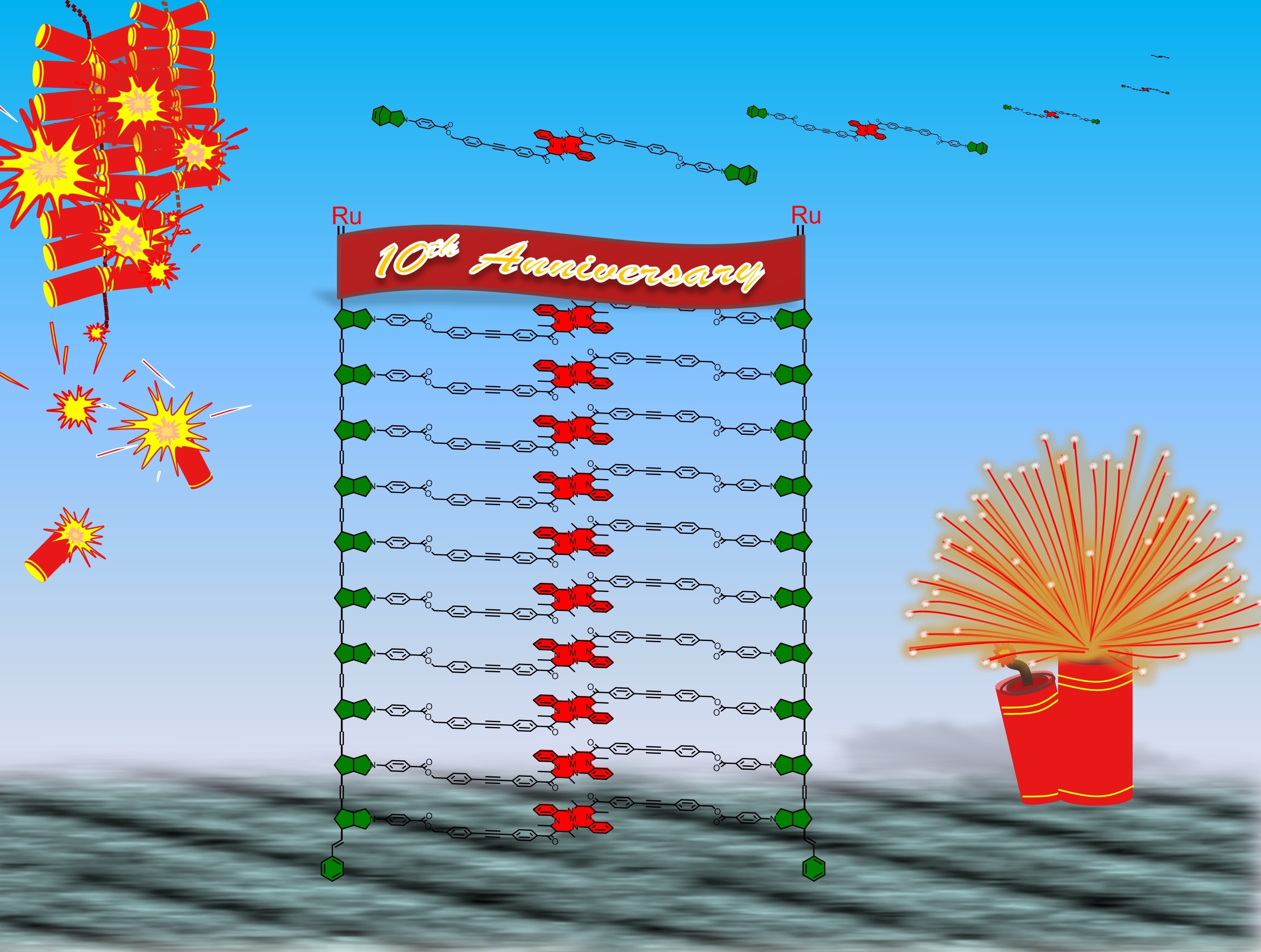
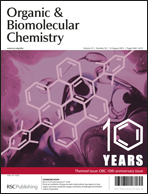
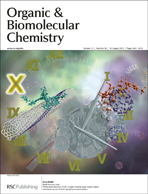
![1322646417BOSS13-webbanner-875x100[1]](https://blogs.rsc.org/ob/files/2012/07/1322646417BOSS13-webbanner-875x10011.jpg)
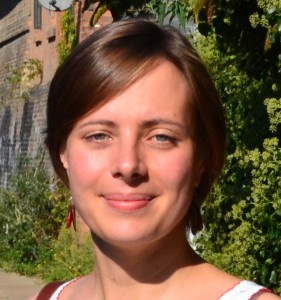

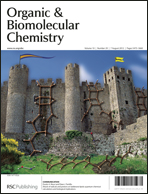
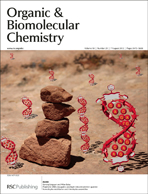
 This HOT Communication from Huaqiang Zeng and co-workers describes a 1D helical channel, composed of short foldamers with sticky ends that self-assemble in the solid state, that acts as a CH2Cl2 channel. What is interesting is that the Cl⋯Cl intermolecular distances within the channel are extraordinarily short. Zeng et al. perform computational modelling and calculate that this unusually short distance destabilises the host–guest complex by 14.94 kcal mol-1.
This HOT Communication from Huaqiang Zeng and co-workers describes a 1D helical channel, composed of short foldamers with sticky ends that self-assemble in the solid state, that acts as a CH2Cl2 channel. What is interesting is that the Cl⋯Cl intermolecular distances within the channel are extraordinarily short. Zeng et al. perform computational modelling and calculate that this unusually short distance destabilises the host–guest complex by 14.94 kcal mol-1.